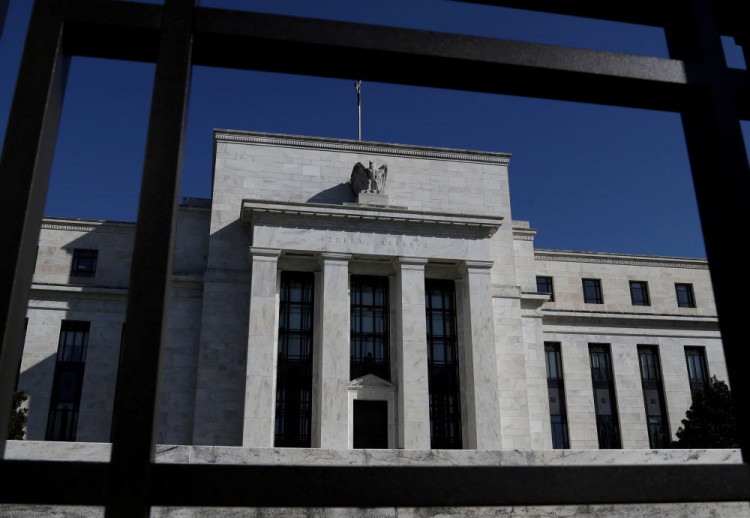The Federal Reserve is poised to implement its third interest rate cut of the year, a move widely anticipated to mark the conclusion of its 2024 monetary easing cycle. With inflation showing signs of persistence and the labor market maintaining its resilience, the Fed's upcoming decision reflects a cautious approach as policymakers weigh the broader implications of their actions.
Chair Jerome Powell set the tone earlier this month during a speech in New York, emphasizing the Fed's prudent stance. "We can afford to be a little more cautious," he remarked. "I feel very good about where the economy is and where monetary policy is." These comments have fueled expectations that after the anticipated quarter-point reduction, the Federal Open Market Committee will likely hold rates steady in the coming months.
The Federal Reserve's move is expected to bring the benchmark federal funds rate to a range of 4.25% to 4.50%. While this adjustment is a continuation of the central bank's efforts to recalibrate policy, it also signals a broader shift as officials aim to strike a balance between fostering economic growth and maintaining inflation control.
The U.S. economy continues to exhibit strength, with unemployment remaining at historically low levels and job creation persisting at a moderate pace. However, there are emerging signs of strain, such as a rise in long-term unemployment to its highest level in nearly three years. The Fed has expressed concern about these developments, noting that while the labor market remains in good shape, it is crucial to ensure that high borrowing costs do not impose undue harm.
Inflation data has underscored the complexity of the Fed's task. The Consumer Price Index rose 2.7% year-over-year in November, a slight uptick from October's 2.6%, while the Producer Price Index saw a notable monthly increase of 0.4%. These figures highlight the uneven progress toward the Fed's 2% inflation target, raising questions about whether further rate cuts might be warranted.
As the Fed prepares to release updated economic projections, analysts are keenly watching for signals about the central bank's outlook for 2025. The so-called "dot plot," which charts officials' expectations for future rate movements, is expected to reflect a more tempered approach compared to September, when four rate cuts were projected for next year.
The Fed's decision-making process is further complicated by geopolitical and policy uncertainties, particularly as President-elect Donald Trump prepares to take office in January. His proposed tariffs on imports from countries such as China, Mexico, and Canada have sparked concerns about potential inflationary pressures. While these policies remain speculative, they could significantly influence the Fed's future actions depending on their implementation and impact.
In addition to its interest rate decision, the Federal Reserve is likely to address its balance sheet management strategy. Many experts anticipate a reduction in the rate paid on its overnight reverse repurchase agreement facility, a move aimed at encouraging liquidity flow and advancing the central bank's quantitative tightening program. The facility, which peaked at $2.6 trillion in usage, has become a focal point in discussions about unwinding excess liquidity.
While the Fed is expected to act cautiously, some analysts warn of potential challenges in reducing the facility's usage. The ease of accessing the facility has made it a preferred choice for money market funds, and lowering the rate may have only a marginal impact on redirecting cash flows. This dynamic underscores the ongoing complexities of the Fed's balance sheet reduction efforts.






